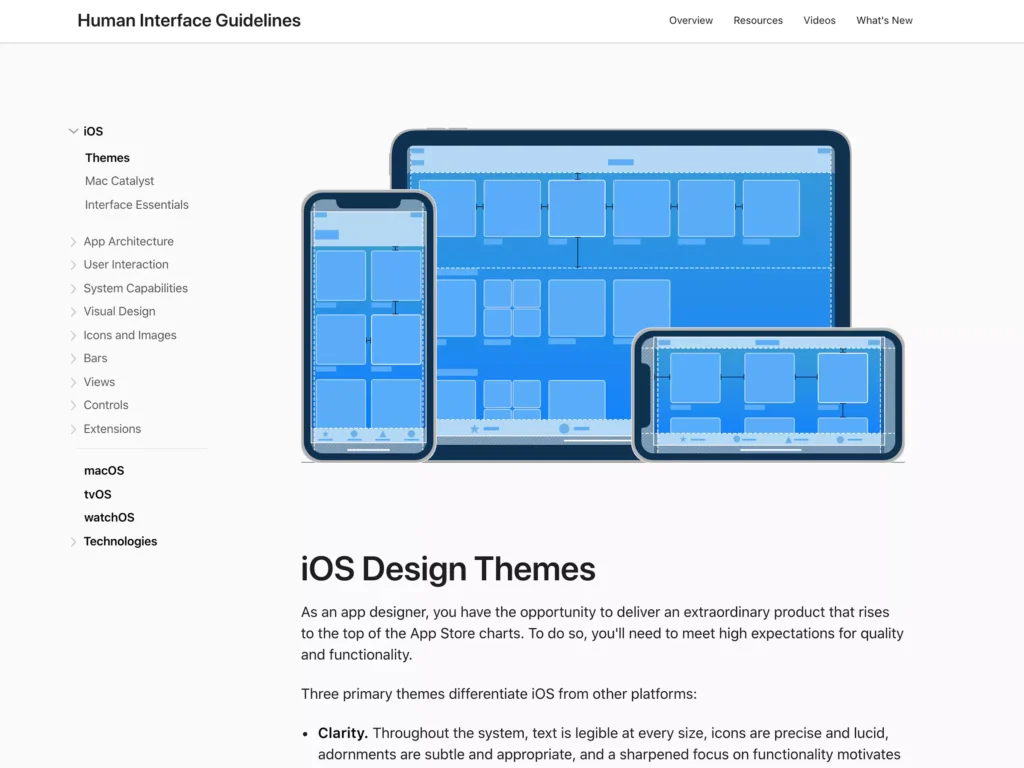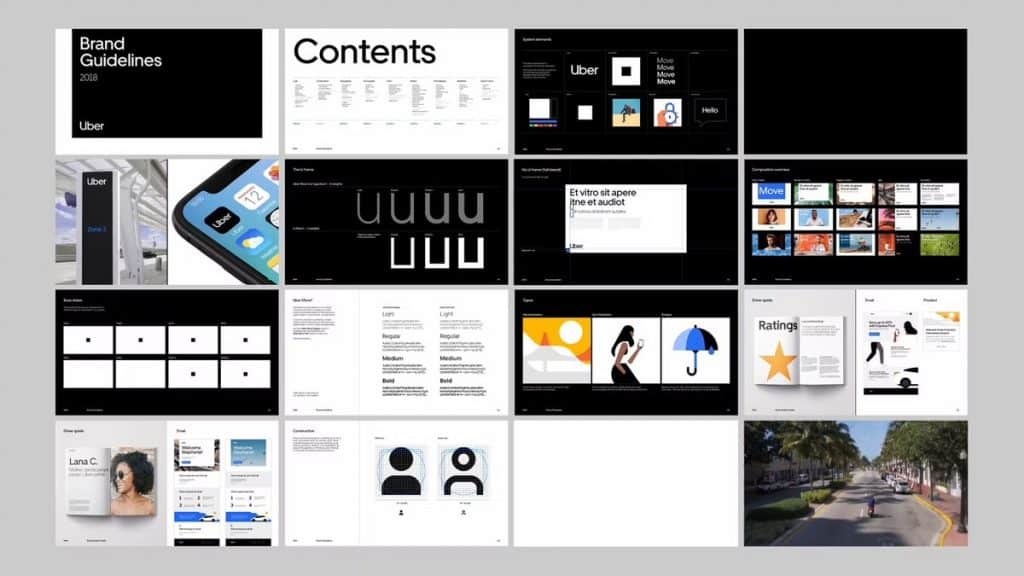The Real Mobile App Development Cost: An In-Depth Look
You’ve got the next Uber, Instagram, or Candy Crush rolling through your brain at a million miles an hour. But how much will it cost to bring this app from the depths of your brain into the hands of millions?
We’re going to dive head-first into every single step of development. From the team, you’ll need all those annoying tools and even testing — we’ll cover everything.
By the end, you’ll either take out a second mortgage or shout for joy at how cheap this will be. Either way, you’ll leave far wiser when building an app in today’s world.
Table of Contents
Part 1 — Hiring a Mobile App Development Team

Finding the Right Talent Ain't Cheap
What is the single most considerable cost in mobile app development? The developers themselves. You can't just grab your computer science student nephew and expect to compete with the big boys.
Experienced mobile developers capable of building a high-quality app that people will use (and keep using) are costly these days. We're talking $70,000 to $180,000+ per year for a talented senior developer in a tech hub like San Francisco or New York.
Building the Dream Team
At a minimum, you'll need:
- Project Manager ($80k-$130k) — To keep the chaos organised and make sure everything stays on track.
- UI/UX Designer ($70k-$120k) — Your app better look sexy and intuitive. This person makes it happen.
- 2-3 Mobile Developers ($120k-$350k total) — The coding rock stars building the actual app, one line at a time.
- QA Tester ($60k-$100k) — Ensuring the app doesn't crash and burn the first time an actual human uses it.
For a solid team, you're looking at $330,000 to $700,000+ in salaries for one year. And that's just to get version 1.0 out the door!
The Appealing Outsourcing Alternative
Can't afford that full-time local talent? You could try outsourcing the development to an overseas agency, with lower rates.
This option is cheaper, with entire development teams available for $30,000 to $300,000, depending on experience. However, you lose your target users' face-to-face communication and cultural understanding. Good outsourced teams exist, but sifting through the duds takes time and effort.
Part 2 — Other Development Costs

The Hidden Costs That Sneak Up On You
The cost party starts, even with your rock star development team lined up. Let's talk tools, infrastructure, and other sneaky expenses:
- Software Licences and Tools — Those expensive IDEs, cloud hosting services, version control software, etc. They add up shockingly fast — potentially $5,000 to $20,000+ annually.
- 3rd Party APIs and Libraries — Want maps, payment processing, and social media integration? Better pay up for those essential API licences — $1,000 to $10,000+
- Legal & Administrative Costs — LLC registration, insurance, accounting, legal docs like Terms of Service…nothing's free — $3,000 to $15,000+
- App Store Fees — Want your app on the Apple or Google Play stores? That'll cost you! $99-$299/year plus 15-30% of any revenue.
- Marketing Costs — Brilliant app + no marketing = nobody finding/downloading it. Figure at least $10,000 for a solid launch campaign.
The Never-Ending Cost of Updates and Support
Remember, your app development costs don't stop after launch. User feedback, bug fixes, new feature releases, OS updates to stay compatible with…the never-ending maintenance goes on and on.
Many developers recommend budgeting 15-20% of your initial annual development costs for ongoing updates and support. For a $250k app, that's $37.5k-$50k per year! And those costs go up if you want to stay competitive with new features.
Part 3 — Putting Together a Realistic Budget
The Many Variables That Impact Costs
While dollar figures are helpful, the reality is that mobile app costs can fluctuate massively based on a whole host of variables, including:
- App Complexity and Features — A dead simple utility app will cost far less than a feature-loaded mobile game or comprehensive productivity suite.
- Platform(s) — iOS, Android or Both? — Supporting just one platform halves your development costs compared to tackling iOS and Android.
- Location of Development Team — As mentioned, a San Francisco team will cost 2-3x as much as an equally skilled outsourced team.
- Level of Design Polish and Animations — Highly customised UI/UX and fancy animations can double or triple design/dev costs.
- Use of 3rd Party APIs and Libraries — Every integration increases complexity and licensing costs.
- Device Variations & Screen Sizes — Supporting multiple devices and screen sizes means more testing across various environments.
- Ongoing Support and Update Roadmap — Plan on frequent updates and new features? Budget for it!
Sample Budgets for Different App Types
To give you a better idea of actual costs, here are some sample budget ranges based on app type:
Basic App
- 5-10 simple screens/flows
- Minimal animations/transitions
- No major integrations or APIs
- One mobile platform (iOS or Android)
- No ongoing updates
Cost Range: $30,000 — $150,000
Moderately Complex App
- 15-25 screens/flows
- Basic animations and transitions
- 1-2 significant integrations (maps, chat, etc)
- Both iOS and Android platforms
- Limited updates/new features
Cost Range: $100,000 — $500,000
Feature-Rich App
- 25+ detailed screens and flows
- Custom animations/graphics
- Multiple major integrations
- Both iOS and Android
- Consistent significant updates/new features
- Potential hardware integrations (wearables, etc)
Cost Range: $300,000 — $1,000,000+
The reality? Today's successful consumer apps must plan for at least $300,000 to $500,000 for a solid version 1.0 on both major platforms. And that's just the start — the updates and new features to stay competitive never stop.
Part 4 — Strategies to Reduce Mobile App Development Costs

Building an MVP to Start
Want to take a bite out of those massive budgets? The popular approach is to start lean by first building a bare-bones “minimum viable product” (MVP).
An MVP contains only the core features needed to get the app into users' hands. You then closely monitor usage and feedback to identify which new features to prioritise for future updates.
This approach can slash your initial development costs to $10,000-$150,000. Of course, you're then betting on generating enough early traction and revenue to fund building the rest of your grander vision over time.
The Cross-Platform App Approach
Another way to cut costs? Leverage cross-platform frameworks like React Native or Flutter that allow your team to develop for both iOS and Android simultaneously.
With a single shared codebase instead of building separately for each platform, you can reduce your total engineering costs by an estimated 30-50% or more. The trade-off is that these cross-platform apps can't achieve the same silky smooth performance as pure native development.
Leveraging No-Code App Builders
Want to go even leaner? New no-code and low-code app-building platforms are emerging that let even non-technical people create simple apps by visually dragging and dropping pre-built components.
Using Appian, Zoho Creator, or Appy Pie can let you build essential apps for just a few hundred to a few thousand dollars. The catch? These tools are limited to building highly custom apps with complex functionality.
Thinking Mobile Web App or Hybrid Option
Mobile web and hybrid apps can be a far more cost-effective approach if you don't necessarily need to surface your app through the official iOS or Android stores.
Mobile web apps run in the mobile browser but can still access native mobile capabilities through progressive web app technologies.
Hybrid apps provide an in-between approach by embedding a mobile web view within a thin native mobile app “container” for easier distribution.
Both mobile web and hybrid apps let you skip much of the heavy lifting and expense of full native development. With a web development team, you could build and launch a viable mobile product for under $50,000.
Part 5 — Real-World Mobile App Examples and Their Costs

Enough with the hypotheticals — let's look at some actual popular mobile apps and break down what they likely cost to develop initially:
Instagram ($500k — $1 Million)
Instagram's humble beginnings as a photo filtering/sharing app likely required a lean team of 5-8 (designers, developers, managers) for at least a year to get to version 1.0 on iOS and Android.
Beyond just the core photo capturing and filtering, they also had to build user profiles, a news feed, commenting, cloud storage integration and more. Even with an outsourced team, their relatively simple but polished app costs $500k to $1 million before genuinely taking off.
Uber ($1 Million — $1.5 Million)
Uber's app may seem simple, but some functionality and integrations were required even for that initial bare-bones version.
Mapping, geolocation, payment processing, driver/rider messaging, push notifications, rating systems…the list goes on. And that's before accounting for the back-end infrastructure routing and pricing logic.
Coordinating design, multiple developer roles, QA and project management across a globally distributed team makes launches like Uber's easily a $1-$1.5 million endeavour from the outset.
Snapchat ($3+ Million)
With its augmented reality filters and videography power, Snapchat's app was jaw-droppingly complex.
Computer vision, graphics rendering, video encoding, messaging, content delivery network…this next-level app required next-level talent and funding early on. Even being conservative, there's no way the initial versions of this multimedia app cost less than $3+ million to develop.
So, while you might spit out that $15 latte seeing these numbers, just remember — world-class engineering isn't cheap! Apps like these are poster children for why adequate budgeting is crucial for long-term mobile success.
Conclusion
There you have it — a behind-the-scenes look at what it truly costs to bring a mobile app vision to life in today's highly competitive landscape.
From hiring the right talent to all those hidden costs that sneak up on you to formulating a realistic budget based on your goals, there's no sugar-coating it — quality mobile apps require significant investment.
That said, there are ways to compress those budgets by leveraging lean strategies like building an MVP first or exploring cost-saving options like cross-platform development or progressive web apps.
But whether you're building a dead simple utility app or the next Snapchat, one thing is clear — you must go into your mobile project knowing just how much it will take from a time, budget and resourcing standpoint.
With the proper foresight, preparation and funding securely in place, that killer mobile app idea sitting in your mind can finally blossom into a real-world success worth every penny invested.
FAQs
How much should I budget for my basic utility app idea?
For a basic app with limited features and functionality on just one platform, you could build a minimum viable product for $30,000-$100,000. But plan for higher if you want a more refined and robust experience.
Is hiring freelance developers cheaper than an agency?
It can be, but managing freelancers brings challenges in keeping them motivated, meeting deadlines, maintaining consistent quality and avoiding conflicts. Many prefer the structure of an experienced agency.
What if I use freelancers or students to reduce costs?
You often get what you pay for. Inexperienced freelancers or students will need more skills and experience to build a truly professional, polished app that can compete.
Can't I just learn to code and build the app myself?
In theory, yes, but becoming proficient enough in mobile app development to create a commercial-grade app is an incredible undertaking that few can realistically pull off, especially while working another job.
Do I need to build for both iOS and Android?
No, you can start by initially supporting one platform to cut development costs in half. However, your potential user base is limited to only those users, versus covering both major mobile OSes.
